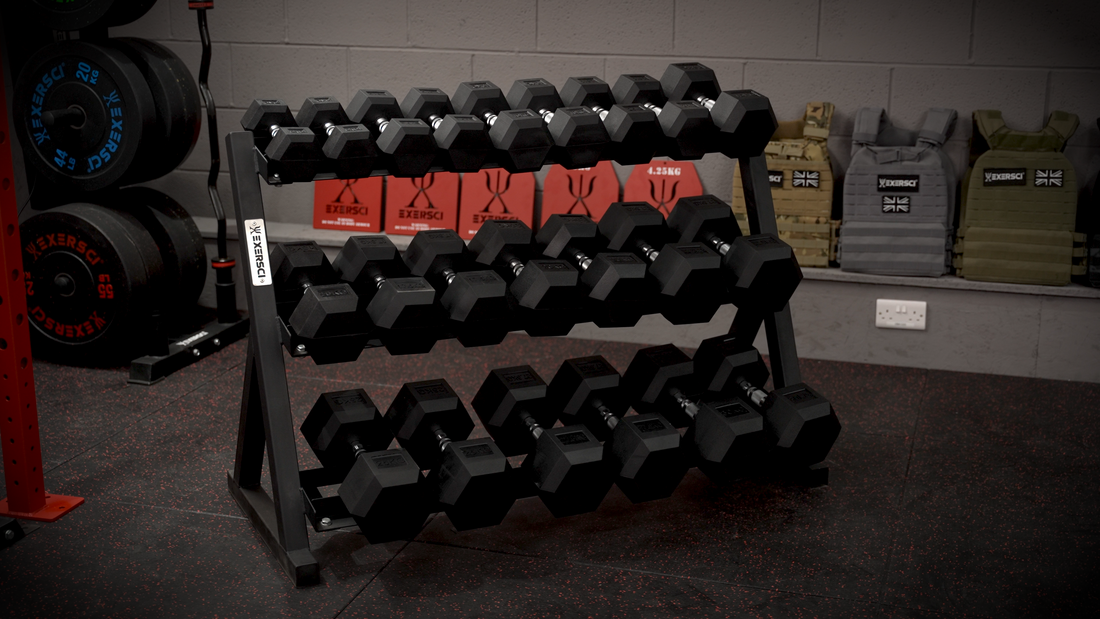
Is progressive overload the key to improvement?
What Is Progressive Overload?
Progressive overload refers to a training method whereby there is a gradual increase in resistance, intensity, volume, or a mixture of the three throughout a training program. When we train, the body adapts to its environment. Often what will happen is adaptations occur to make a task (e.g., strength training) easier for us to complete. If we were to carry on completing the same task at the same resistance, volume, or complexity, we would experience a performance plateau. By progressively overloading a task, it causes the body to constantly adapt, which has a significant role in:
- Muscle hypertrophy & Strength
- Neurological adaptions
- Endurance
- Bone Health
 How does progressive overload encourage improvements?
How does progressive overload encourage improvements?
Muscle hypertrophy & Strength
As we exercise, our muscles experience micro-tears. Although these may sound negative, this damage to the muscle initiates an array of physiological responses, such as increased protein synthesis, hormonal secretion (growth hormone and testosterone), and inflammatory responses. Collectively, these help the muscle rebuild with new and more motor units (what your muscle is made up of), causing muscle growth and increased strength.
To put the importance into perspective, current review literature suggests that there is a selection of methods that can be used to induce hypertrophy... as long as progressive overload is present.
Neurological Adaptations
Not only does progressive overloading induce increased muscle mass, but the way the body can use the muscle also adapts. The neuromuscular system also adapts. The main process here, is that motor unit recruitment is increased. For example, if you are performing squats, your brain sends an impulse to the working muscles in the legs (i.e., quadriceps) to contract in order to push the weight upwards. The increase in motor unit recruitment means that more muscle fibers are recruited from the brain impulse to contract, allowing for a more forceful contraction. This is crucial for increases in strength.
Endurance
You can also apply progressive overload to aerobic exercise (e.g., running). For example, you could start increasing the speed, and distance or even complete a run with the additional resistance of a weighted vest. By progressively increasing the intensity of your runs, cycling, and rowing (the list of endurance tasks goes on), you are constantly prompting the body to adapt. In this case, the increased aerobic intensity requires a greater demand for oxygen to be used by your muscles. To do so, your heart and breathing rate increase to deliver more blood to the lungs to collect oxygen and deliver this oxygen to the muscles. However, this isn't enough when you first overload the workout. Therefore, by doing so, you cause the body to adapt, by increasing stroke volume (the amount of blood pumped out of the heart per beat), your lung capacity, and even induce the creation of new blood vessels (angiogenesis).
Bone Health
Progressively overloading your workout can also have positive implications for bone health. For example, increasing resistance during strength training will increase the mechanical stress on the musculoskeletal system. In turn, this causes an increase in cell-building cells and hormonal secretion (e.g., growth hormone & Parathyroid hormone) that are responsible for bone remodeling. This means there becomes a greater level of bone formation compared to bone resorption, improving bone density. This is majorly important in preventing fractures and the onset of osteoporosis.
Common Mistakes When Progressively Overloading and How To Avoid Them
- Increasing too quickly - Overloading must be done gradually, increasing too fast may cause injury. Don't progress until you feel comfortable completing the exercise.
- Disregarding your rest - As you are now progressively overloading, the wear and tear on your body is increased. This requires sufficient rest and proper nutrition to aid recovery and optimise your gains.
- Not tracking your progress - Not tracking your progress can be critical to the potential adaptions from progressive overload. You may mistake the weights or intensity that you train at. If you underestimate, you risk plateauing, however, if you overestimate, you are at greater risk of injury.
How To Apply Progressive Overload Effctively
Strength Training
Within compound lifts you can increase:
- The weight.
- The reps.
- The sets.
Endurance
Whilst performing cardiovascular exercise you can:
- Increase the speed.
- Increase the distance.
- Increase the complexity of the course i.e., adding inclines.
- Add external resistance, such as a weighted vest.
Bodyweight exercises
When performing bodyweight exercises you can:
- Increase the complexity of the movement e.g., progressing from knee push ups to regular push ups.
- Add external resistance, such as using resistance bands whilst you are body weight squatting or power bags whilst lunging.
 Conclusion
Conclusion
To recap, progressive overload is a crucial tool to experience consistent adaptions to physiological performance, health, and muscle hypertrophy. Additionally, if done correctly, this technique is very useful to increase exercise intensity with less risk of injury.Here at Exersci, we like to encourage our readers to follow recommendations from sports science research. This blog summarises this research and should encourage you to implement it into your training regime. If you want to start implementing it, browse our selection of equipment so you can start progressively overloading.
If you have any other questions don't hesitate to contact us.







